Substation Automation T&D
Grid Modernization Strategies
Utilizing Fault Resistance to Test Distance Relays
Substation Automation T&D

Future-proofing Substations with Ethernet Technologies
Nine steps to help develop a future-proof infrastructure for your substation
BY TIM WALLAERT, Belden
Substations with Ethernet technologies: the convergence of industrial Ethernet technologies, Smart Grid practices and the increased need for security has provided an opportunity for power utilities to rethink their operating strategies. The results are innovative ways to integrate the new and the old in order to position themselves for the future. The substation is at the heart of this change....
Related Articles
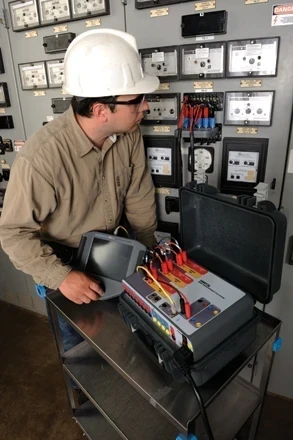
Utilizing Fault Resistance to Test Distance Relays
Taking power grid protection to an all-new level BY JASON BUNEO & RENE AGUILAR, Megger The testing of distance relays has evolved from testing simple electromechanical relays to the newest modern microprossesor relays. Most modern relays employ advanced algorithms that not only compare the...

Adopting Smart Grid Standards
Utilize industry guidelines for modern and future technologies BY W. CHARLTON ADAMS JR., IEEE Standards Association (IEEE-SA), Huawei Technologies A vision is coalescing worldwide of people ubiquitously connected across smart cities, smart buildings, smart cars and, perhaps, even through sensors on...

Boost Power Grid Resilience
Exploring communications for real-time network visibility BY DONALD POLLOCK, Ambient Corporation In August 2013, a report entitled “Economic Benefits of Increasing Electric Grid Resilience to Weather Outages” prepared by the White House Council of Economic Advisors and the U.S. Department of...
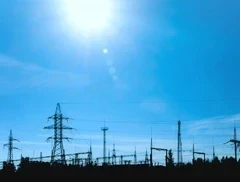
Smart Grid in North and South America
Market developments toward grid modernization 17% Compound annual growth rate (CAGR) at which the U.S. SCADA market revenue is expected to grow during the 2014 to 2020 period At this point, the CAGR for U.S. SCADA (supervisory control and data acquisition) market revenue has increased from $0.8...

Smart Substations and Their Role in the Evolving Smart Grid
The power industry is undergoing a profound transformation driven by grid modernization, renewable integration, and increasing demands for resilience and efficiency. At the heart of this evolution lies the smart substation—a next-generation facility equipped with advanced sensors, digital...
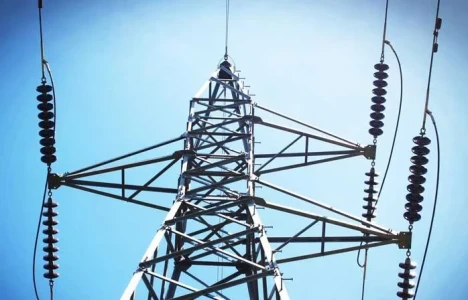
FERC Complaint Targets Duke, PJM Transmission Planning
A coalition of large energy consumers and ratepayer advocates has filed a complaint with the Federal Energy Regulatory Commission (FERC), urging the agency to prohibit transmission owners from independently planning "local" transmission projects exceeding 100 kilovolts (kV). The coalition argues...

FERC Approves Interconnection for Talen Energy, Amazon Data Center
In a significant move that underscores the growing demand for reliable and sustainable energy to power the expanding digital infrastructure, the Federal Energy Regulatory Commission (FERC) has approved an interconnection agreement between Talen Energy, Amazon Web Services (AWS), and Exelon. This...

Smart Transformers: Enhancing Grid Efficiency and Reliability
The evolving demands of modern power grids necessitate the adoption of advanced technologies that can provide enhanced efficiency, reliability, and flexibility. Smart transformers are at the forefront of this technological revolution, offering a range of capabilities that significantly improve the...
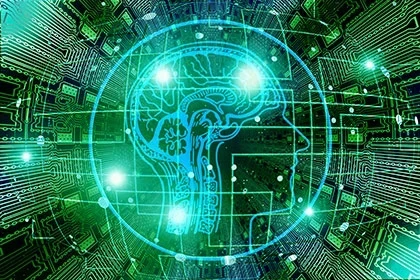
FROM SMART GRID TO NEURAL GRID
NEURAL GRID TAKES SMART GRID INTO THE CLOUD The Neural Grid represents more than Smart Grid v2.0—much more. Today, the smart grid implies the legacy mechanical power transmission and distribution (T&D) networks enhanced by pockets of automation, connectivity, and centralized IT systems. The...
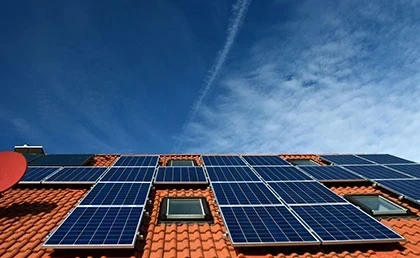
4 Benefits of Distribution Automation in a Decentralized Energy World
When dozens of utilities received stimulus funds for distribution automation projects in 2009, solar was barely a gigawatt-scale market in the U.S. Sandy was simply a lead character in Grease, not a superstorm that would prompt cities and states to reassess the future-readiness of their...
